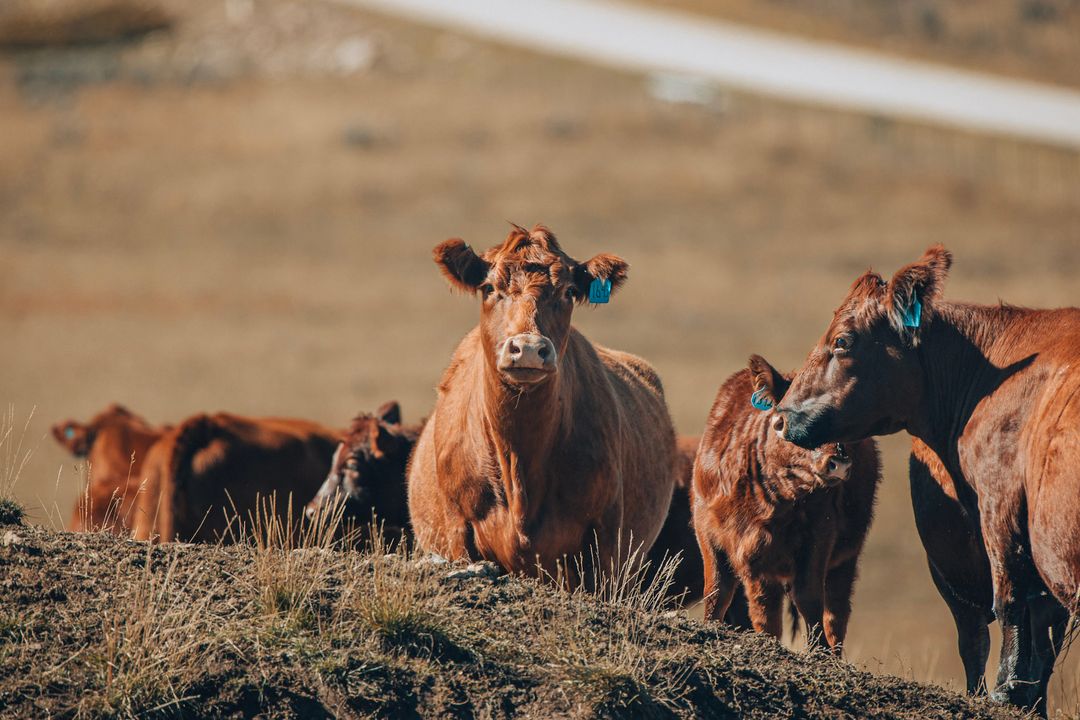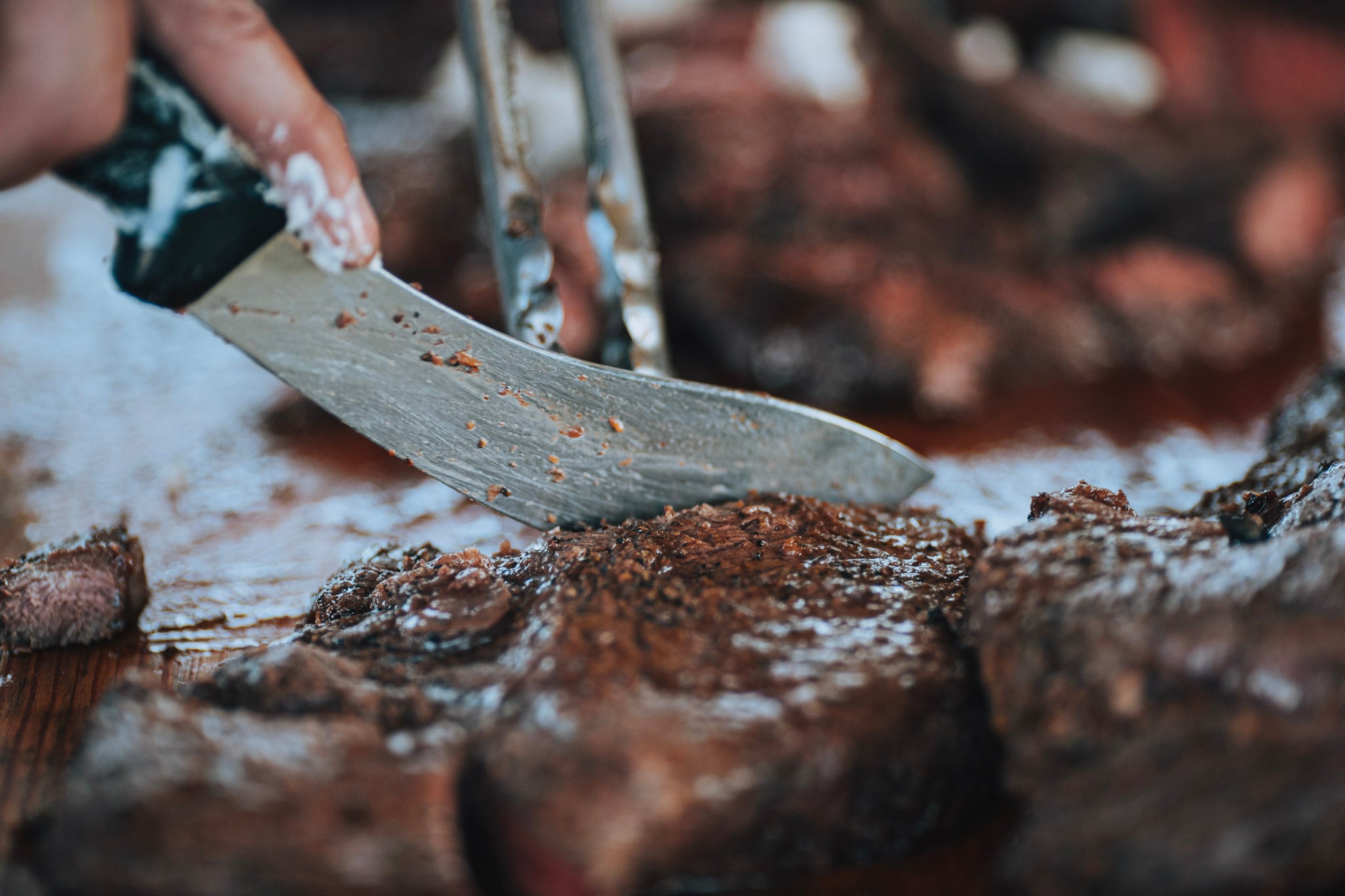
Keeping Your Herd Healthy: Understanding Water Quality for Cattle
Often this is due to the sodium content found in the water. When there is a high concentration of sodium content in the water, it can become toxic to cattle. Sodium in water for cattle is like when we, as humans, drink soda. Our body tells us we are thirsty, and a nice cold Pepsi seems like it will do the trick, but it has an inverse effect as we become more dehydrated. The same goes for higher sodium content in water for cattle. Despite drinking plenty of water, the cow remains dehydrated, prompting it to drink more, which can lead to other issues.
According to a North Dakota State University study, groundwater tends to be of higher quality than surface water. Some aquifers can have higher levels of sulfate due to underground filtration. The quantity of snow can also play an important factor in the water quality on a ranch. During lower snowfall years and droughts, water runoff will generally have higher quantities of salts from minerals on the surface. When we experience higher snowfall, the runoff is cleaner and less contaminated.

Potential Hydrogen (or pH) is another important component in determining water quality. The pH level is determined by measuring the alkalinity and acidity in the water. A pH level of 7 is neutral, anything above that shows the water is more alkaline, and anything below constitutes the water as more acidic. Now, which is better for cattle—alkaline water or acidic water?
According to Water Quality for Livestock for the University of Florida College of Veterinary Medicine, by Max Irsik, the preferred pH for cattle is between 5.5-8.3. Higher alkalinity could cause an upset stomach and potential digestive problems in cattle. This, in turn, could cause lower feed consumption and water intake, producing a lighter calf. However, slightly higher acidity (less than 5.5) can cause acidosis in cattle, which is a condition that can cause dehydration, bloating, and cause cattle to stop eating. Ultimately, a balanced pH level promotes the best diet for the cattle.
Water plays an essential part in regulating the body temperature of cattle. As temperature swings can be in the high 90s in the summer and even down below 0 in the winter, well-hydrated cattle have a greater chance of withstanding the elements. Per Max Irsik, “Water also contributes to growth, reproduction, lactation, digestion, metabolism, excretion, hydrolysis of nutrients, transport of nutrients and waste, joint lubrication plus many others.”
Nitrates can harm livestock by reducing the blood's ability to carry oxygen, leading to developmental problems and even death in a condition called "blue baby syndrome." Ranchers should regularly test water sources for nitrate levels, as they are more prevalent in shallow wells or water holes with in/out flow from decaying organic matter or waste.
Cyanobacteria are bacteria that thrive in warm, still water with high nutrients and can form harmful algal blooms. These blooms can produce toxins that are harmful to humans, animals, and aquatic life. Cattle that drink contaminated water or eat contaminated food can suffer liver damage, gastrointestinal issues, and neurological symptoms, including convulsions, tremors, and death, depending on the toxin's type and amount.


